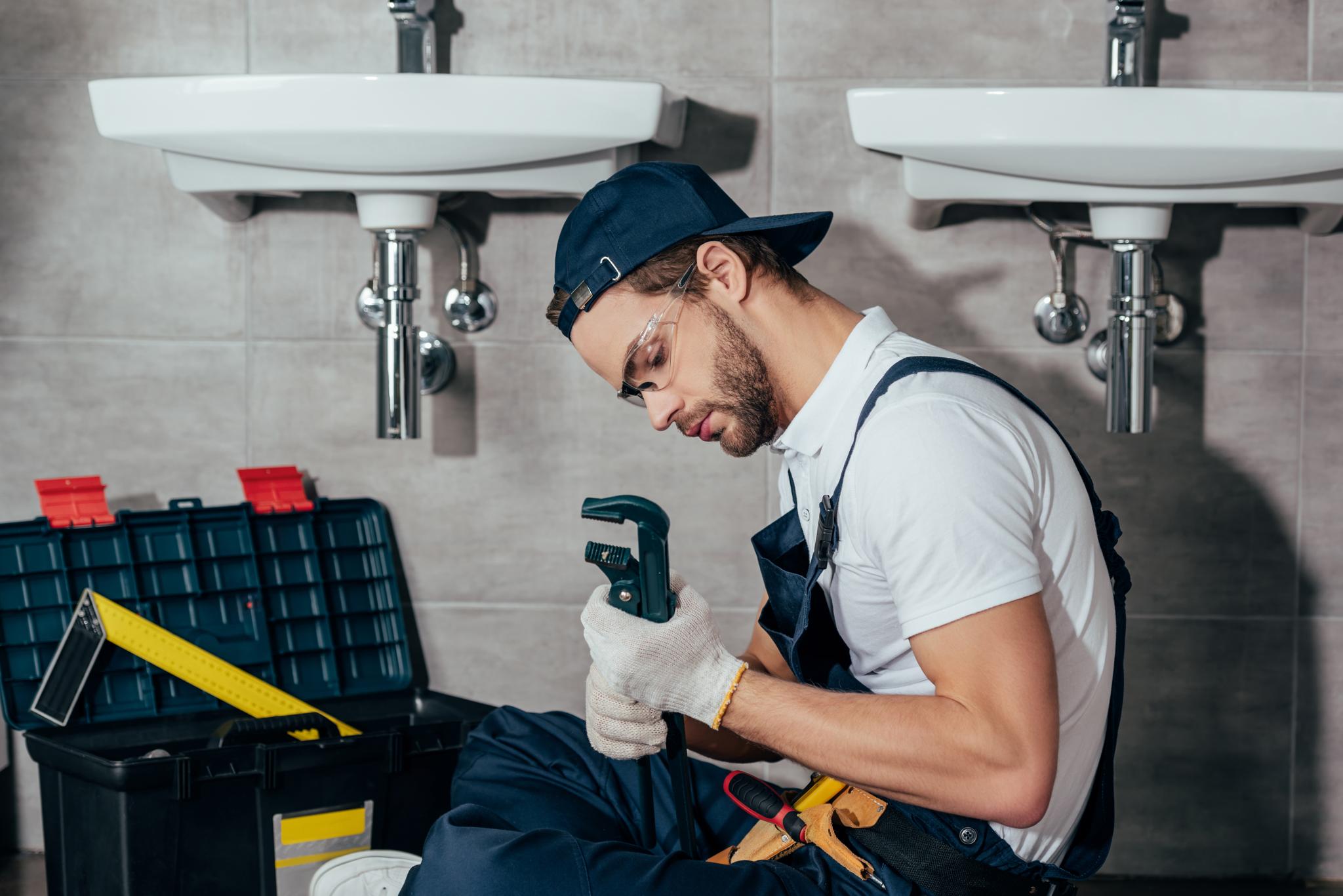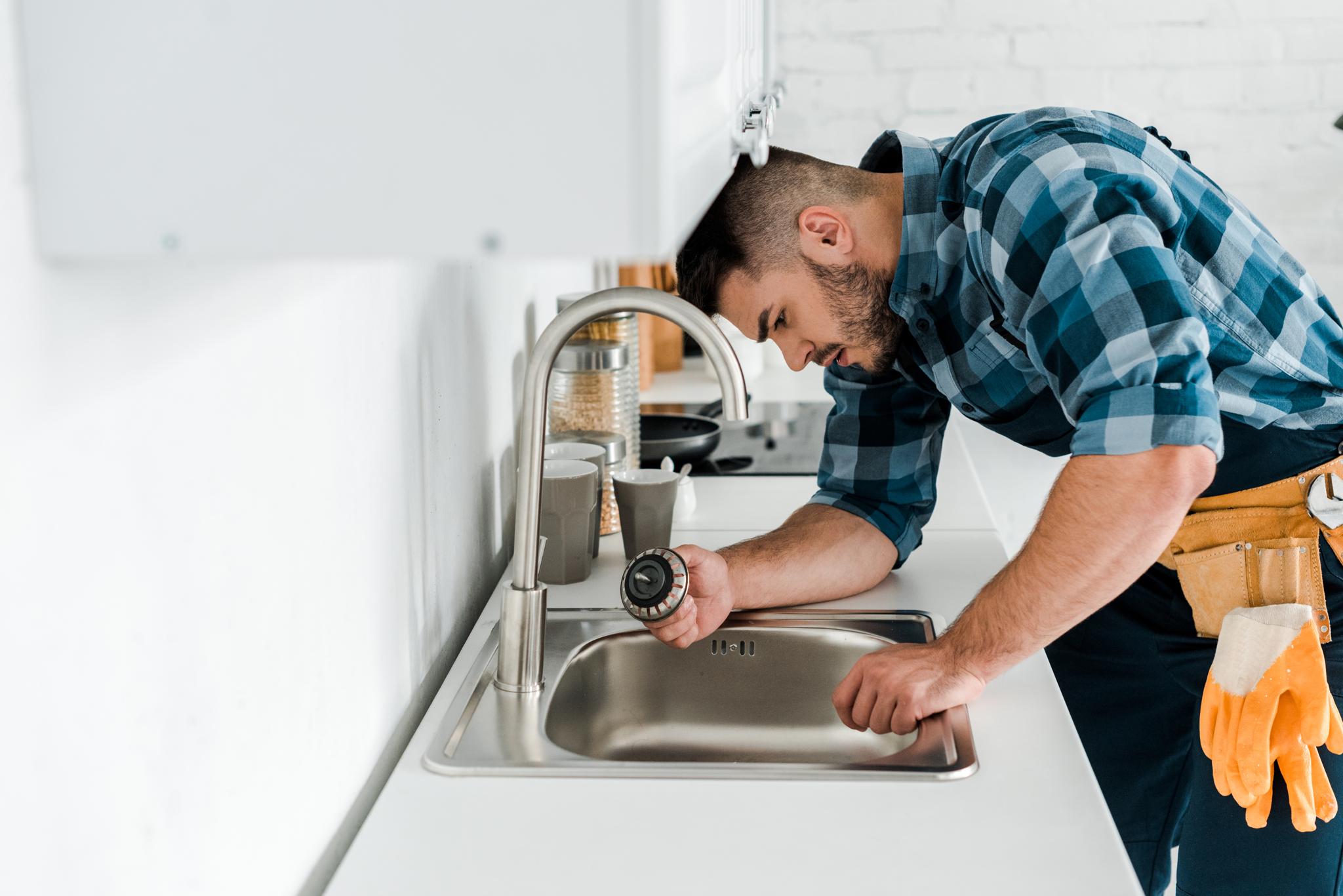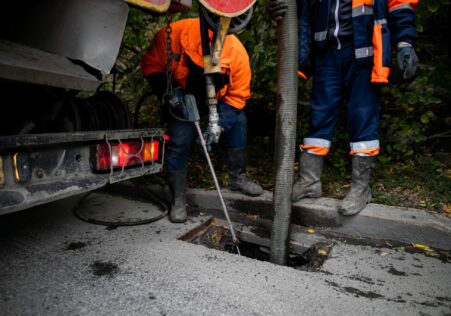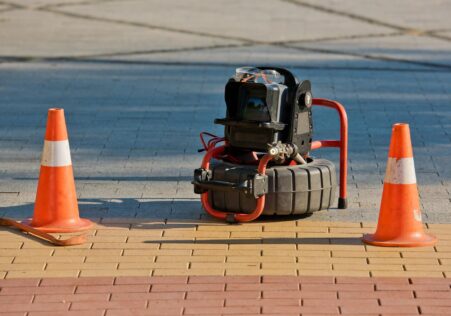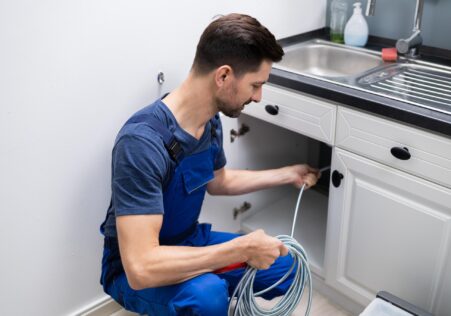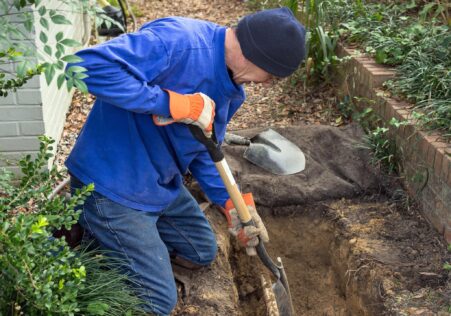What to Do When Your Toilet is Blocked: A Step-by-Step Guide

Toilet blockages can occur at any time, and are a common issue for homeowners. It can be unpleasant messy and uninspiring, and require immediate attention. However, you don’t always have to call the plumber immediately. In this blog post we’ll walk you through a few easy steps to clear your toilet within a matter of minutes.
Key Takeaways
- Toilet blockages can be solved with simple tools and methods like plungers, baking soda
The tools you’ll need
Before we get started, it’s essential to have these tools in your arsenal:
- Rubber Gloves
- Plunger
- Baking Soda and Vinegar (Optional)
- Wire Coat Hanger or Plumber Snake (Optional)
Step 1: Turn off the valve for water flow.
The first thing you need to do when you encounter a blocked toilet is to turn off the supply of water on the toilet. This step ensures that there is no further water entering the tank during your work on unclogging it. The valve is normally situated near the bottom of the tank, on one side.
Step 2: Be sure to protect yourself by wearing rubber gloves.
Hands must be protected from potential bacteria or germs that may be present in your toilet by wearing rubber gloves prior to using any tools that help in unclogging.
Step 3: Use a plunger.
A plunger is the most efficient method for clearing up blocked toilets. Begin by pressing down upon the plunger until air escapes from it, then press it hard over the toilet bowl and start plunging continuously up and down for approximately 20 seconds. The suction generated by plunging back and forth can help clear any obstructions.
Tips:
- Use a firm but controlled motion.
- Place holes around sinks or shower drains if they’re near to stop the pressure of air from escape as you plunge.
Step 4: Test baking soda with vinegar.
If the plunge doesn’t work Try this method Pour half a cup of baking soda as well as one cup of vinegar into the toilet bowl. Allow the mixture to settle for around 15 minutes. It will begin to bubble, and when it stops it will be poured down with hot water (not overly hot) to clear the blockage.
Step 5 Step 5: Use a coat hanger that is wire or a plumbing snake.
If both plunging and baking soda and vinegar have not worked the problem, it’s the time to employ the wire coat hanger or plumbing snake. Make sure you straighten your coat hanger’s wire until have a long thin wire with a hook that is bent at one end. You can also use it as a plumbing snake. It is designed specifically for clearing drain blockages. Place the snake into your toilet drain hole and twist and turn, push to the point where you can feel resistance; this is where the blockage typically occurs. Be gentle and try to break any blockages using back-and-forth motion without causing damage to your pipe.
Note:
- Be careful not to push or pull actions as they could result in more damage.
Step 6: Restart the water supply and verify the result
Once you’ve removed any obstructions, it’s essential to turn on the supply of water behind your toilet. After that, flush it a few times to make sure everything flows freely now!
| Tools | Description |
|---|---|
| Rubber Gloves | Hand protection from potential bacteria or germs present in the toilet bowl. |
| Plunger | Most effective tool for clearing up blocked toilets. Press firmly over the hole in your toilet bowl and plunge vigorously up and down for about 20 seconds. |
| Baking Soda and Vinegar | Mixture to use if plunging doesn’t work. Pour half a cup of baking soda and one cup of vinegar into the toilet bowl. Let this mixture settle for about 15 minutes, then pour hot water down (not boiling) to flush out the blockage. |
| Wire Coat Hanger or Plumbing Snake | Tools to use if both plunging and baking soda/vinegar methods have failed. Straighten the wire coat hanger until you have a long thin wire with a hook bent at one end or use the plumbing snake, which is designed specifically for clearing drain clogs. |
Common Questions and Answers
How can I tell when my toilet is not functioning properly?
A frequent symptoms of a blocked toilet is when water levels rise to the top of the bowl after flushing. You may also notice that water drains away in a slow manner, or hear sounds of gurgling coming through the toilet.
What should I do if my bathroom is blocked?
If you think the toilet is blocked, avoid trying to flush it once more as this could result in flooding. Instead, shut off the water supply at the valve in front of the toilet and make use of a plunger to remove any obstruction. If this doesn’t work contact Adelaide Blocked Drains Plumber for professional help.
How can I stop my toilet from becoming blocked?
Yes! There are a variety of actions you can take to avoid your toilet becoming blocked. One of them is to avoid flushing items that are not biodegradable, such as sanitary products, wet wipes or cotton wool into the toilet. It is also important to avoid spilling oil or grease down the sink, as it can cause solidification and cause blockages to pipes.
When should I contact an experienced plumber about the problem of a toilet that is blocked?
If you’ve tried splurging the toilet, but it won’t unblock or you suspect that there’s an issue in your plumbing system causing frequent blockages, it’s time to call in an experienced professional plumber such as Adelaide Blocked Drains Plumber . We’ve had years of experience with various plumbing issues and can swiftly diagnose and correct any issue with minimal disruption to your home.
What is the best frequency to get my drains cleared?
It is suggested that you have clean your drains by experts like Adelaide Blocked Drains Plumber every 1-2 years. This will help prevent obstructions and keep your plumbing system running smoothly. If, however, you often have problems with drains blocking or slow draining water despite trying to avoid clogging them, then yearly cleaning is beneficial.
These techniques are fairly simple to execute and the majority of these items are available in households. When facing blocked toilets before panicking after attempting all these techniques, call Adelaide Blocked Drains Plumber ‘s expert plumbers located in Adelaide , if you’re looking for professional assistance for your blocked toilets.
Additional Information
- Protect Your Home Investment by Conducting A CCTV Drain Inspection Prior Purchase
- Don't Let These Common Mistakes Clog Your Pipes
- Why CCTV Drain Inspection is a Cost-Effective Solution for Your Plumbing Needs
- Avoiding Clogged Drains: Tips for Homeowners
- The Benefits of Using CCTV Drain Inspection for Pipe Relining Services
- How to Tell You Need Drain Clearing Services for Your Business
- Preventing Clogs and Blockages: Best Practices for Maintaining Your Drains
- Why You Should Choose CCTV Drain Inspection to Identify Root Infiltration in Your Plumbing System
- CCTV Drain Inspection: A Cost-Effective Solution for Unblocking Blocked Drains
- Natural Methods for Keeping Your Shower Drain Free of Blockages


